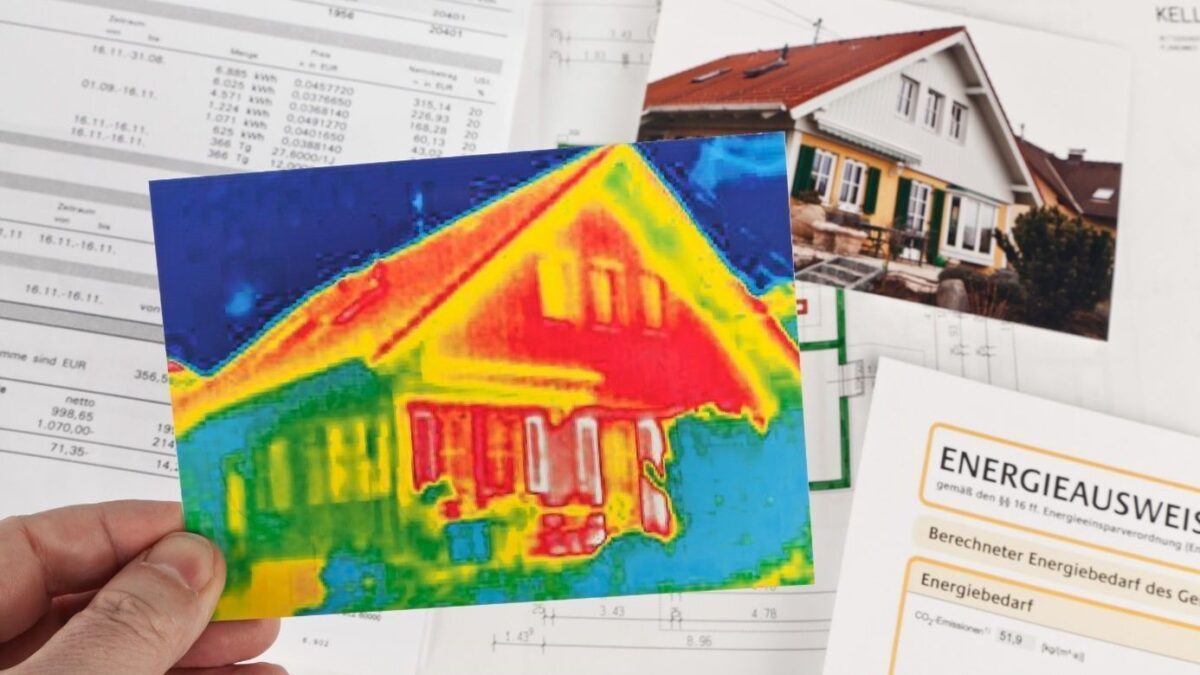
Insulating the building shell in combination with installing a heat pump is only profitable in single-family houses under certain conditions. These include the initial condition of the building and the level of financial subsidies, which in turn depends on the intensity of the renovation. This is shown by the new analysis “Wirtschaftlichkeit von energetischen Sanierungsmaßnahmen” by the Institute of Energy Economics at the University of Cologne (EWI).
In the analysis, a team investigated the profitability of energy-efficient refurbishment and heating system replacement. Two exemplary, unrenovated single-family houses were analyzed: one single-family house from the 1960s and one single-family house from the 1990s. According to the analysis, energy refurbishment and heating system replacement are profitable within the next 20 years only for the older exemplary house, which is in a particularly poor initial energy condition. The analysis reinforces the “worst first” approach of the federal subsidy for efficient buildings (BEG), according to which buildings in a particularly poor energy condition receive an additional subsidy bonus.
In the analysis, the EWI team considers not only the “business-as-usual costs ” (maintenance costs that are incurred anyway for reasons of age) but also, among other things, the additional costs for energy-efficient refurbishment and new heating, subsidies and three different energy price scenarios (low, medium, and high). Lower heat losses due to a more efficient building shell and the installation of a heat pump significantly reduce the final energy demand and thus also the energy costs.

In principle the analysis shows that profitability increases with the level of energy and CO2 prices. Two effects play a role: the price difference between electricity and the respective conventional energy source and the general price level of electricity, gas, oil and CO2 certificates in combination with the efficiency of heat pumps. Due to the high efficiency of heat pumps and the resulting lower final energy demand, the electricity costs for heat pumps play a smaller role than the fuel costs of gas or oil heating systems. Renovation measures can help to reduce the individual dependence on volatile energy prices.
Government subsidies and assumptions about the level of the business-as-usual costs also influence the profitability of energy-efficient refurbishment and heating system replacement. The higher the subsidy and the higher the business-as-usual costs, the earlier the investments pay off. Without a subsidy, investments are usually not profitable.
The level of business-as-usual costs is dependent on the point in time at which non-energy-related refurbishment measures become necessary. If a renovation is not necessary for many years, then the business-as-usual costs are lower, so that the effective energy-related renovation costs increase.
Another factor in the profitability calculation is the degree of refurbishment, i.e. the qualitative and quantitative extent to which the energy-related refurbishment is carried out (e.g. insulation thickness, proportion of the area of the refurbished building components). The comparison of different refurbishment depths (KfW Efficiency House 55 vs. 85) shows that in the case of the exemplary houses, refurbishment measures become more profitable when the refurbishment depth is increased. With a deeper energy-efficient refurbishment, a higher subsidy level can be achieved, which increases the subsidy amount. In the case studies, the subsidy increases more than the refurbishment costs, so that a more profound refurbishment pays off earlier.